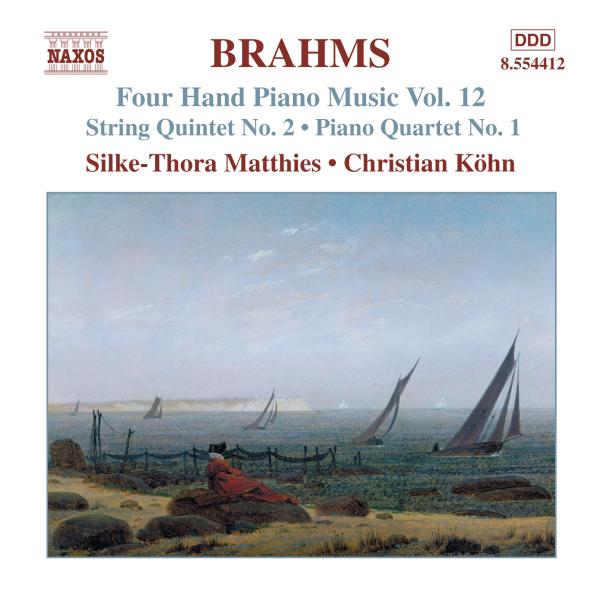Weitere Produkte von Silke-Thora Matthies / Chr. Köhn |
Mein Konto
|
Anmelden
|
Deutsch |
€ Euro |
erweiterte Suche
|
Alle Kategorien
BEST SELLER
500
NEUHEITEN
8.760
ANGEBOTE
226.367
Bisherige Auswahl:
keine Auswahl
Ergebnis einschränken:
TECHNIK
265.503
MUSIK
713.832
- 60er Jahre
254
- Asia Pop
9.514
- Austro Pop
209
- Brit Pop
240
- Dutch Pop
1
- Euro Pop
38
- French Pop
557
- Indie Pop/Lo Fi
24
- Italo Pop
282
- Latin Pop
6.866
- MiddleoftheRoad
2.501
- Oldies
61
- Party
33
- Sonst.Pop
233.026
- Synthi Pop
319
|
Musik Filme Hörbücher Merchandise Kinder |




















![Dutch National Ballet - Hommage à Hans van Manen [US-Version, Regio 1/A]](https://img.grooves.land/images/cover/552/577/pn9ghggr.j11)









